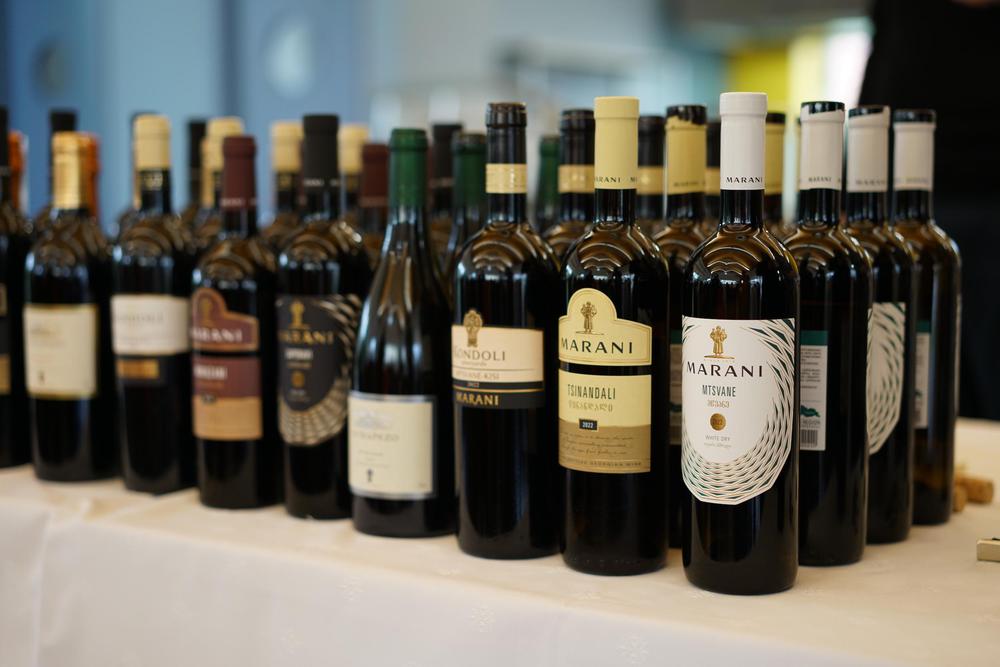Kakheti, a region in Georgia renowned for its deep-rooted viticulture traditions, is a destination where ancient history and modern viticulture converge. Home to some of the oldest human habitations in the Caucasus, archaeological evidence shows that wine production in Kakheti dates back several thousand years. This article delves into the unique aspects of the Kakheti wine region, exploring its historical background, diverse terroir, soil types, grape varieties, and wine styles. Additionally, the article highlights the region's cultural significance and the travel opportunities it offers for wine enthusiasts.
Historical Significance of Kakheti
Kakheti, a historical province in Georgia, plays a crucial role in the country's wine heritage. While not officially recognized as an administrative province today, it is viniculturally significant, featuring various sub-regions and microregions. The area’s rich wine history is symbolized in Georgia's famous 12th-century hymn, 'Thou Art a Vineyard', emphasizing the region's longstanding relationship with viticulture.
The region's winemaking tradition dates back to as early as 6000 BC, with the discovery of nutrient-poor soils that contributed to the early Georgian vignerons' realization of the perfect terroir for viticulture. These early discoveries set the foundation for what would become a deeply embedded cultural practice.
The Unique Terroir of Kakheti
Kakheti's diverse climate ranges from mild subtropical temperatures to arid conditions, creating an ideal environment for viticulture. The area predominantly experiences arid weather, with rainfall mostly in winter months. In contrast, the more humid areas of Shida Kakheti require irrigation due to high evapotranspiration. This variety of climates across the region results in a wide range of mesoclimates, suitable for a diverse array of grape varieties.
Soil Types and Their Impact on Kakheti Wines
Kakheti's key wine-growing zones are characterized by a unique 'cinnamonic' soil, comprising sandy, reddish-colored, calcareous clays. This soil type, rich in iron, imparts depth of flavor and rustic notes to local wines. The rapid decay of organic matter in these soils encourages vines to develop deep, complex root systems, crucial for nutrient absorption and water retention. These soil characteristics are pivotal in defining the distinct flavor profiles of Kakheti wines.
Grape Varieties and Wine Styles in Kakheti
Kakheti's viticulture boasts a unique blend of traditional and modern, eastern and western influences, particularly in its grape varieties. The region's red wines primarily use Saperavi and Cabernet Sauvignon grapes, striking a balance between Georgian and French winemaking traditions. For white wines, Rkatsiteli and Kakhuri Mtsvani grapes are predominantly used.
A noteworthy aspect of Kakheti's winemaking is the traditional Kakhetian methods, which include extended skin contact and no filtration, leading to the resurgence of Orange Wine. These techniques are earning modern-day respect and popularity, showcasing the region's ability to blend ancient practices with contemporary tastes.
Kakheti in the Wider Context of Georgian Wine Culture
Kakheti is not just a wine region; it represents the heart of Georgia's 8,000-year-old viticulture tradition. The region, responsible for 80% of the country's grape harvest, is an integral part of Georgia's winemaking identity. The traditional qvevri method, which involves fermenting grapes in clay vessels buried in the ground, is a testament to the enduring heritage of Georgian wine.
Kakheti's historical significance extends beyond its viticulture. Once a kingdom vassal to Persian and Ottoman dynasties, the region has maintained its viticultural importance through various eras, including the Soviet period, where indigenous grape varieties were preserved and revitalized post-1991 independence. Today, Kakheti boasts a plethora of wineries, ranging from family-owned cellars to commercial establishments, linked by the Kakheti Wine Route that traverses through its diverse microzones.
Travel and Tourism in Kakheti: A Wine Lover's Paradise
For travelers and wine enthusiasts, Kakheti offers a rich tapestry of experiences. The region is not only about wine but also about exploring Georgia's largest and most diverse area, with its stunning monasteries and unique cultural heritage. Visitors can engage in various activities, from touring ancient monasteries that played a role in winemaking to enjoying panoramic views in towns like Sighnaghi.
The best time to visit Kakheti is during the annual rtveli wine harvest in September/October, coinciding with the Tsinandali Festival. This period provides an immersive experience into the region's wine culture. Accommodations like the Tsinandali Estate offer a blend of historical insight and luxury, perfect for exploring the heart of the Alazani Valley and its vineyards.


 Exploring the Cradle of Wine
Exploring the Cradle of Wine
 Georgia's 29 Wine Appellations
Georgia's 29 Wine Appellations
 Kartli Wine Region
Kartli Wine Region
 Imereti Wine Region
Imereti Wine Region
 Racha Wine Region
Racha Wine Region
 Adjara Wine Region
Adjara Wine Region
 Samegrelo Wine Region
Samegrelo Wine Region




